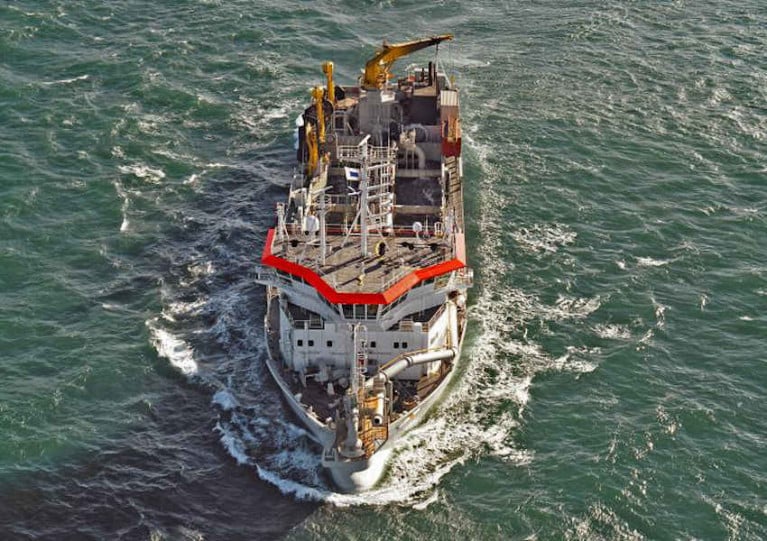Displaying items by tag: Dregding
Port Of Cork Maintenance Dredging Set To Begin
Maintenance dredging of all main navigation channels and berths within the Port of Cork is set to begin, with various stages between now and late September.
A survey of the harbour by the vessel Norse is scheduled to commence this Thursday 13 August, which will be followed by bed levelling operations by the Afon Liigwy from next Sunday 16 August.
The main dredging campaign by the TSHD Taccola will then progress from Wednesday 19 August over the following six weeks, as per the port's marine notice (available to download below).
Operations will continue 24 hours a day. When engaged in dredging, the vessels will display all required lights and shapes.
Mariners are requested to navigate with caution when in the vicinity of the work craft, to pass by as wide a margin as possible and proceed with minimum wash and speed.
Port operations and the aforementioned vessels may be contacted on VHF channel 12 to obtain further details pertaining to the dredging operations for the duration of the campaign.





























































